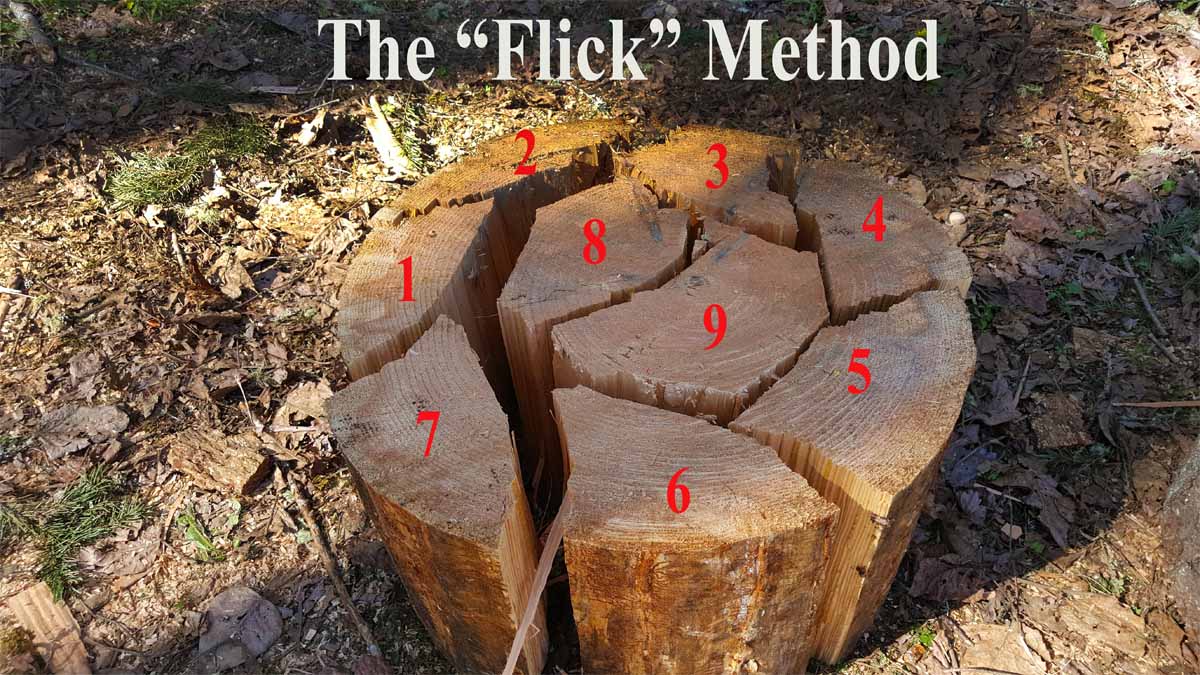Now Grizz, I was going to ask you this yesterday. You mentioned the size of the piece. And here you've mentioned it again. I thought about Auburn California, and wondered if you were in the oaks or the pines, or a little of both. I've spent some time on the back side of Folsom - what fantastic country.
Here's the thing, while I will have Oak, Madrone, Oregon Ash, Douglas Fir and White fir, Red Cedar and Incense Cedar this year, some years I probably won't have anything but Douglas Fir. So, a BIG piece of Doug Fir becomes a night time log, and honestly, when we were out of power for ten days this year, that's what kept the house warm.
I am cutting some "cake" absolutely as big as two pieces will fit in the stove. In fact, that's why I cut "cake" at all - to get a better fit in the stove. Am I making a mistake? If I was using the Doug fir for daytime, and throwing on Oak and Ash at night then, yeah, these would be smaller for easier handling.
Seriously - I value your opinion - tell me more. That goes for all you all.





























































 What must it cost???
What must it cost???